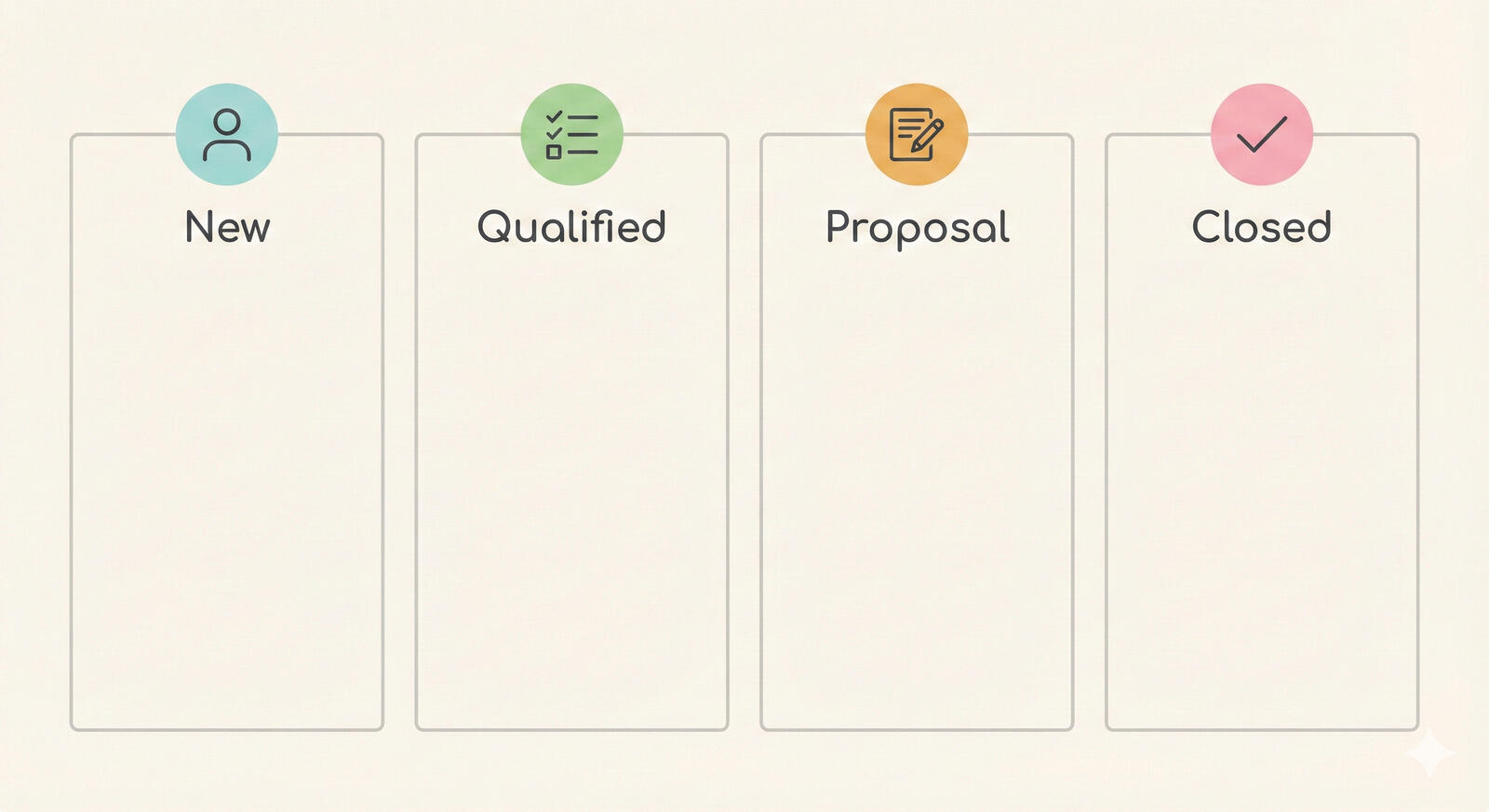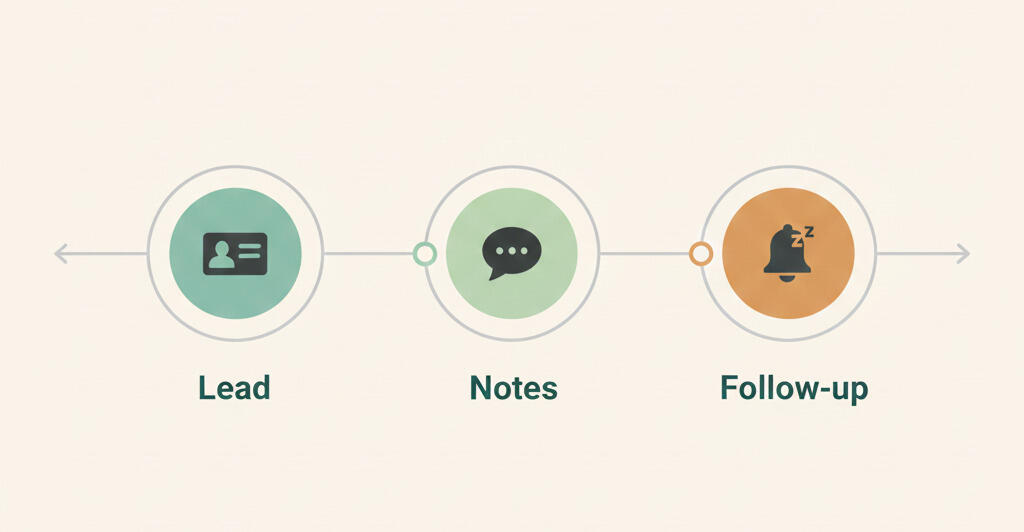How to prevent analysis paralysis in project management
In the dynamic world of project management, time is a critical component of your work day. However, one common stumbling block that can slow down progress and hinder decision-making is analysis paralysis. Analysis paralysis occurs when individuals or teams become so entangled in overthinking, excessive data analysis, and prolonged decision-making processes that they struggle to move forward.
This article explores the concept of analysis paralysis in project management, its potential consequences, and, most importantly, provides you with ten effective strategies to prevent it from impacting your projects.

What is analysis paralysis?
Analysis paralysis in project management refers to a situation where individuals or teams become paralyzed by an overwhelming amount of data and options. They find it challenging to make timely decisions because they are trapped in a never-ending cycle of analysis and evaluation. This can occur at any stage of a project, from the planning phase to execution, and is often rooted in a desire for perfection or fear of making the wrong choice.
Consider a scenario in which a software development team is tasked with selecting the most suitable programming language for a new project. As the team begins their research, they encounter a multitude of programming languages, each with its own set of strengths and weaknesses. They delve into extensive research, comparing performance benchmarks, community support, and scalability for each language.
In their quest for the perfect choice, the team becomes trapped in a never-ending cycle of analysis. They hold numerous meetings to discuss the pros and cons of each language, request additional data, and even conduct surveys among team members. Meanwhile, project deadlines loom, and resources are tied up in the decision-making process. The fear of making the wrong choice paralyzes them, and they struggle to move beyond the analysis phase.
This example illustrates how analysis paralysis can affect project management, causing delays, resource wastage, and an increasing sense of frustration among team members. It highlights the importance of recognizing when analysis is becoming counterproductive and taking steps to break free from this cycle to ensure timely progress and project success.
Signs of analysis paralysis
Recognizing the signs of analysis paralysis is crucial for project managers. Here are some common indicators to be aware of:
- Endless data gathering: When there's a constant need for more data, and it feels like the information gathering process never ends.
- Overcomplicated decision-making: When decision-making processes become unnecessarily complex and involve numerous stakeholders.
- Missed deadlines: Frequent delays in project timelines due to prolonged decision-making.
- Lack of progress: Projects seem stuck in a perpetual state of planning or analysis without moving forward.
- Increased stress and frustration: Team members become overwhelmed and frustrated due to the inability to make decisions.
How does analysis paralysis affect project management?
Analysis paralysis can have profound effects on project management, including:
- Delays: Projects take longer to complete due to prolonged decision-making processes.
- Increased costs: More time spent on analysis can lead to higher project costs.
- Reduced quality: Paralyzed teams may make rushed decisions, leading to lower-quality outcomes.
- Team frustration: Team members can become disheartened, leading to decreased morale and productivity.
10 ways to prevent analysis paralysis in project management
To mitigate the impact of analysis paralysis, consider these ten strategies designed to keep your projects on track and decision-making processes efficient.
1. Set clear objectives
Setting clear and concise objectives is like drawing a well-defined map for your journey. When project objectives are vague or overly broad, it's easy to get lost in the maze of data analysis and decision-making. To prevent analysis paralysis, start by defining specific, measurable, achievable, relevant, and time-bound (SMART) objectives. Consider creating a weekly work plan as well.

These clear objectives not only provide a sense of purpose but also act as a compass guiding your project toward success. When everyone knows the destination, decision-making becomes more focused and efficient, reducing the risk of multitasking and analysis paralysis.
2. Prioritize information
Data can be overwhelming. To avoid drowning in an ocean of information, it's important to prioritize what truly matters to your project's success. Begin by identifying key performance indicators (KPIs) and critical data points that align with your project objectives. Concentrate your efforts on analyzing this essential information, and then you can make informed decisions without getting bogged down in complicated details. Prioritizing information not only prevents analysis paralysis but also ensures that your decisions are based on the most relevant and actionable insights.

3. Establish decision-making criteria
One of the most effective ways to combat analysis paralysis is by creating predefined decision-making criteria. These criteria act as a set of rules or guidelines that help streamline the decision-making process. To establish them, involve key stakeholders and project team members in identifying what factors are most important for evaluating options. This not only accelerates decision-making but also eliminates the need for repetitive discussions and deliberations. Decision-making criteria serve as a structured framework for evaluating choices, preventing analysis paralysis from creeping into your project.

4. Encourage open communication
Effective communication is the lifeblood of any successful project. To prevent analysis paralysis, foster an environment of open and transparent communication within your project team. Encourage team members to share their insights, concerns, and ideas freely. When everyone has a voice, it reduces the chances of prolonged decision-making due to hidden doubts or disagreements. Regular team meetings, status updates, and feedback sessions can go a long way in ensuring that information flows smoothly, allowing for more agile decision-making.

5. Define milestones and deadlines
Breaking your project into manageable milestones and setting clear deadlines is an effective strategy to combat analysis paralysis. Milestones provide a sense of achievement and direction, while deadlines create a sense of urgency. By establishing these markers, you create a structured roadmap for your project. Team members know what needs to be accomplished by specific dates, reducing the likelihood of getting stuck in perpetual analysis mode. Milestones and deadlines serve as a powerful antidote to analysis paralysis, keeping your project on track and on schedule.

Feeling suck? Methodologies like Getting Things Done (GTD) can aid in breaking down projects into actionable steps with specific deadlines, preventing analysis paralysis.
6. Limit the number of alternatives
Analysis paralysis often arises when faced with an excessive number of alternatives. To tackle this challenge, consider applying the 80-20 rule, also known as the Pareto Principle. This principle suggests that roughly 80% of the results stem from 20% of the causes. When you identify the vital 20% of alternatives that are most likely to yield significant outcomes, you can streamline your decision-making process.

Start by narrowing your focus to a select few alternatives, aligning them with your project's objectives and constraints. This deliberate approach not only prevents decision fatigue but also ensures that you invest your energy in evaluating the most promising choices. Embracing the 80-20 rule makes decision-making more manageable and reduces the risk of analysis paralysis, allowing your projects to move forward with confidence.
7. Delegate decision-making
Delegating decision-making authority empowers team members and prevents bottlenecks in the process. To delegate effectively, identify team members with the appropriate expertise and knowledge for specific decisions. Trusting them to make informed choices not only accelerates decision-making but also distributes the responsibility, reducing the burden on a single individual. Delegation can be a powerful strategy to overcome analysis paralysis by allowing decisions to be made closer to where the relevant information resides.

8. Embrace agile methodologies
Agile methodologies, such as Scrum, Lean, or Kanban, promote flexibility and adaptability in project management. By breaking your project into iterative cycles and regularly reviewing and adjusting your approach, you can avoid the pitfalls of analysis paralysis. Agile practices encourage ongoing feedback, rapid decision-making, and a focus on delivering value incrementally. Embracing these methodologies can help your project adapt to changing circumstances and maintain momentum, reducing the risk of analysis paralysis.

9. Learn from past experiences
Drawing on past project experiences and lessons learned can be a valuable resource for preventing analysis paralysis. Analyzing how similar decisions were made in previous projects allows you to gain insights into what worked and what didn't and can help you improve your self-management skills and brush up on your must-have project management abilities. This historical perspective can guide you in making quicker, more informed decisions. It also promotes a culture of continuous improvement, where past mistakes are transformed into valuable knowledge that helps you navigate current challenges with confidence.

10. Trust your instincts
While data and analysis are essential, there are times when intuition and gut feelings can provide valuable insights. Trusting your instincts, especially in situations where analysis paralysis threatens to stall progress, can be a catalyst for decision-making. Of course, this should be tempered with a reasonable degree of caution and informed judgment. When used right, intuition can help break the cycle of overanalysis and propel your project forward with confidence.

Navigating the analysis paralysis maze
Analysis paralysis is when too much thinking and data overwhelm decision-making, slowing down projects. It's a common trap, but recognizing it early can make all the difference. Focus on the essentials, set clear goals and trust your yourself when decisions need to be made and you’ll keep projects moving without getting stuck. Overthinking every detail slows progress and drains focus. Balance is key – clarity, action and direction keeps momentum going. Trust the process, be flexible and you’ll avoid analysis paralysis and keep your team on track to success.








